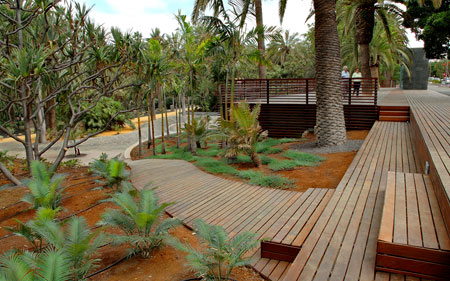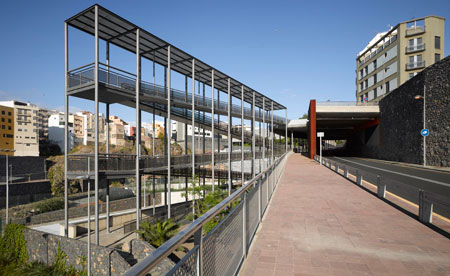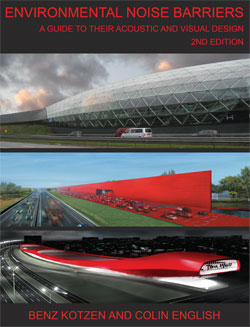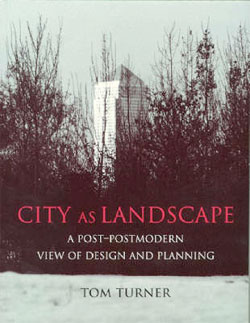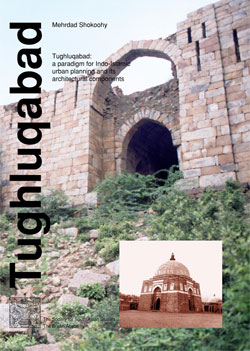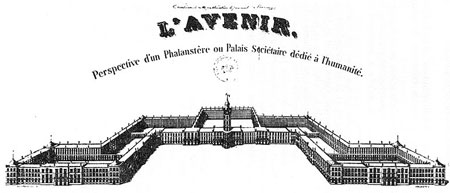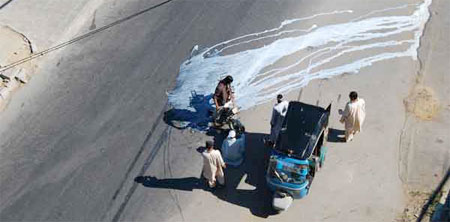NOTE: THIS LECTURE HAS BEEN CANCELED DUE TO ILLNESS
THE LECTURE WILL BE RESCHEDULED AT A LATER DATE
Architecture Open Lecture Series 2010 /11
- University of Greenwich
- School of Architecture & Construction
- Mansion Site, Avery Hill Campus
- Bexley Road, Eltham, London SE9 2PQ
- Norbert Singer Lecture Theatre (M055)
Wed 17 November 2010 18.30
Neil Spiller
COMMUNICATING VESSELS
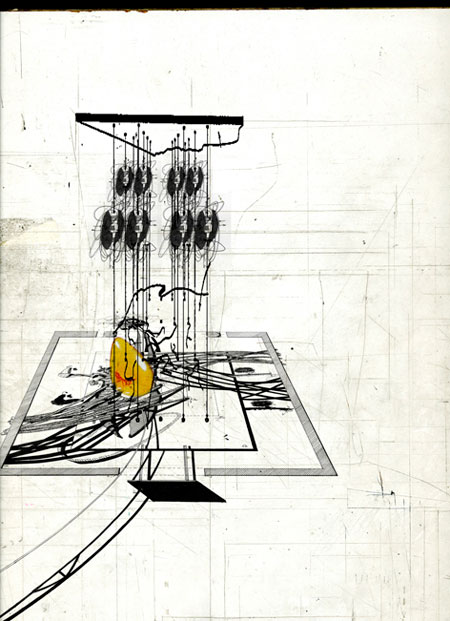
What is interesting to me as a surrealist is the connection that can be made between the exchange of information in wet unconventional computers and the sexual act or desire and the mixing of information. There is much precedent for such notions. Marcel Duchamp was very adept at these sorts of analogies and epistemologies. His Large Glass is conceptually activated by gas, water and electromagnetic forces to create tableaux of desire, autoerotics and barely maintained equilibrium. His addition to Maria Martins’ (his lover) version of his Boite-en-valise , Paysage fautif (Wayward or Faulty Landscape) was a spurt of seminal fluid on Astralon backed with black satin.
In my lengthy project “Communicating Vessels” I speculate on the protocell and other forms of synthetic biological structures. Here they are called the “grease” and are created by a bio-technological factory called “Little Soft machinery”. Little Soft Machinery isn’t very smart, just smart enough to desire. This desire provokes his biomechanical glands to produce, the grease, the vaz or the holy gasoline (this substance is called many things, it changes lives, it mixes chance) It is a synthetic biological elixir, smart but highly explosive. The grease lubricates the project and is always present when human or machine information desire is present- which is most of the time. The grease eases things, it is lustfully combustable, it is sought after and it is autonomous until it is caught. It is used by many of the structures that inhabit and interact in the site, which is a garden. This is indeed a Duchampian “faulty landscape” teeming with desire, the exchange of information and the probabilities of chance.
Let’s undo the locks that have constrained architecture for centuries and rejoice in hearing the chains drop to the ground. Our new architecture is an architecture of bespoke, wet and invisible solutions.
Neil Spiller is Head of the School of Architecture and Construction at the University of Greenwich and Founding Director of AVATAR. He is the author of numerous books on the technological future of architecture. His recent books include ‘Visionary Architecture’ (2006) ‘Future City’ (2006) a book/catalogue published to coincide with the exhibition of the same title in London’s Barbican Art Gallery ‘Digital Architecture Now’ (2008). All published by Thames and Hudson. His is a visionary architect whose work has been exhibited, published and lectured on around the world.


